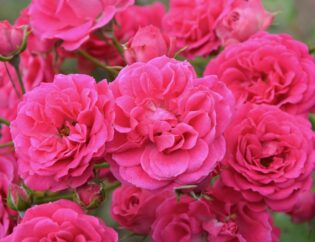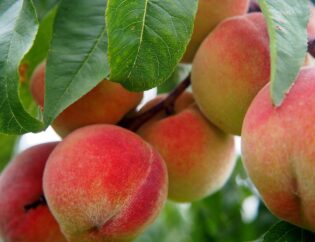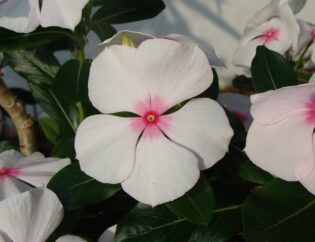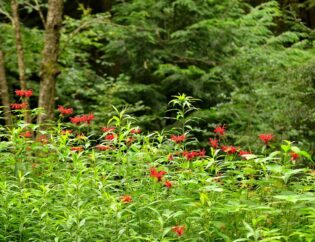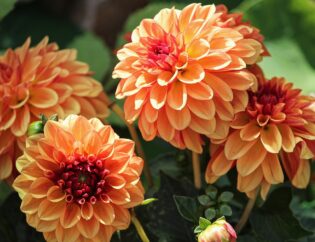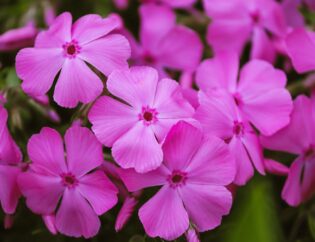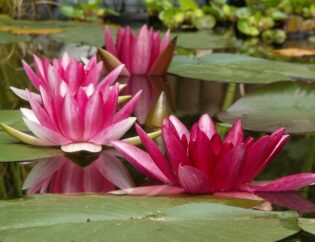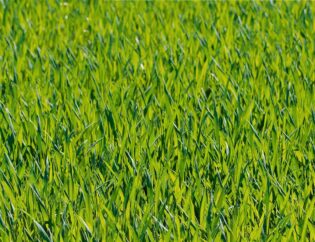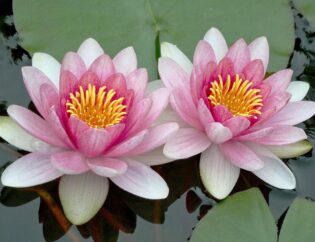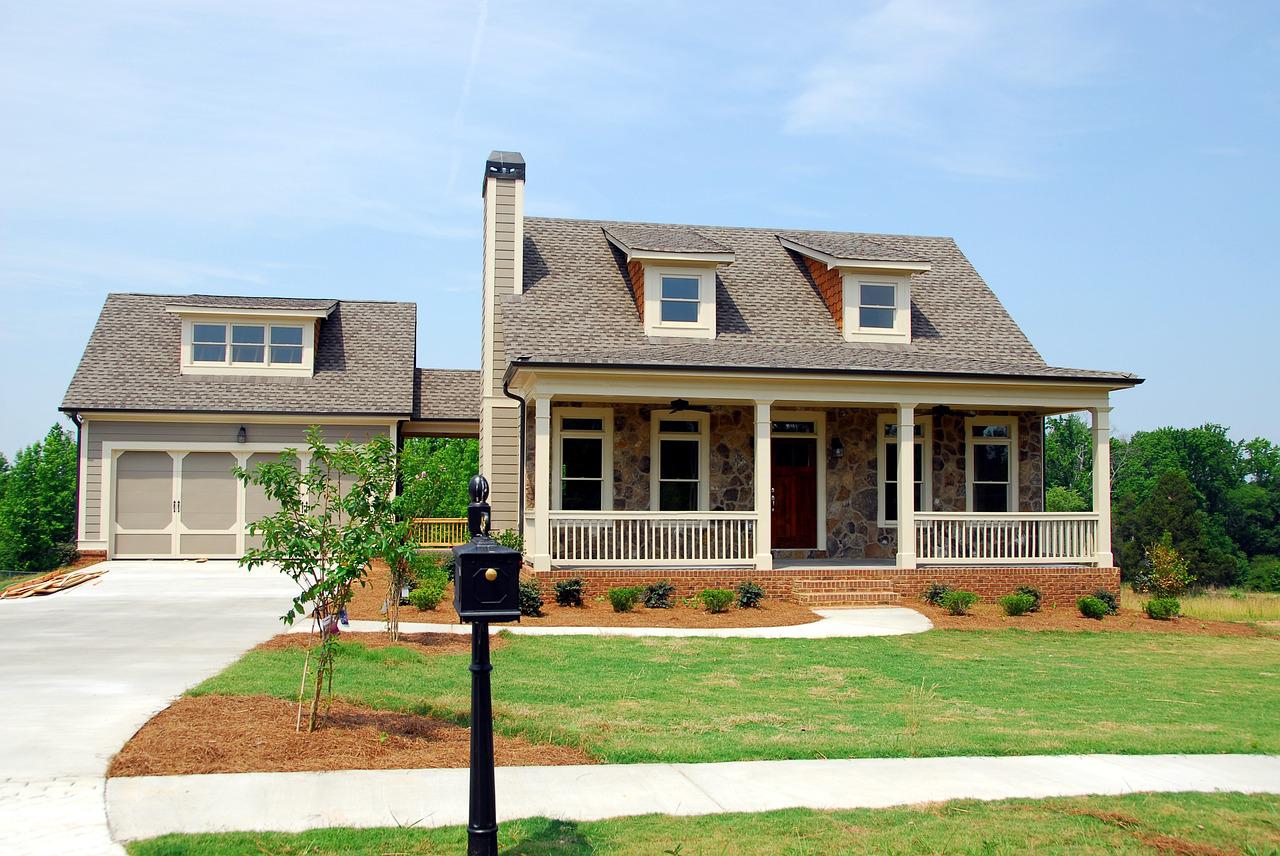
The backyard gets a lot of attention as an entertaining space. But how important is front yard landscape design? Well, it’s the first thing that guests see upon arrival and most homeowners want to make a good impression.
Here are some DIY landscaping tips to keep any Atlanta front yard looking like the cover of a magazine!
Know Your Space
It’s important to have a plan before getting started. Randomly placed items will create a landscape that feels, well, random. Plus, it’s easy to run into problems with utility lines if there is no master plan to follow.
Instead, map out the front yard landscape design. Take measurements, and create a basic plan of where structures, flower beds, hardscapes, and other elements will go.
Not sure where to start? Learn how to draw a landscape plan here!
How Much Maintenance Do You Want?
It is possible to create a low-maintenance front yard landscape design. Use only low-maintenance plants and incorporate a lot of hardscapes to cut down on the constant upkeep.
However, homeowners that want a lush, garden-like yard will have to accept that it’s going to require considerably more maintenance.
Be realistic about the amount of time that can be devoted to maintenance and choose a design accordingly.
What’s Your Landscape Style?
There are various landscape styles that homeowners can choose from for their front yard landscape design. These include:
- Mediterranean
- English Cottage
- Japanese Garden
- French Country
- Tropical
- Gravel and Rock Gardens
- Modern
Choosing a style gives homeowners a framework to work with. This makes planning the overall design so much easier. Simply choose elements that fit with the landscape style and the whole thing should turn out pretty cohesive.
Don’t forget to consider the existing architecture. While most landscape styles will work with different types of architecture, some can look a little weird together.
Design Your Landscape Plan
This is where things really get serious. Once homeowners have answered the last two questions, it’s time to lay it all out.
Take the measurements from the first step and input them into a to-scale drawing. This can be on paper or using an app or computer program. Don’t skip this step, even a small front yard needs a plan.
Every detail of the project should be noted in the landscape plan. This will help homeowners avoid snags and install everything right the first time.
Is There a Unique Feature?
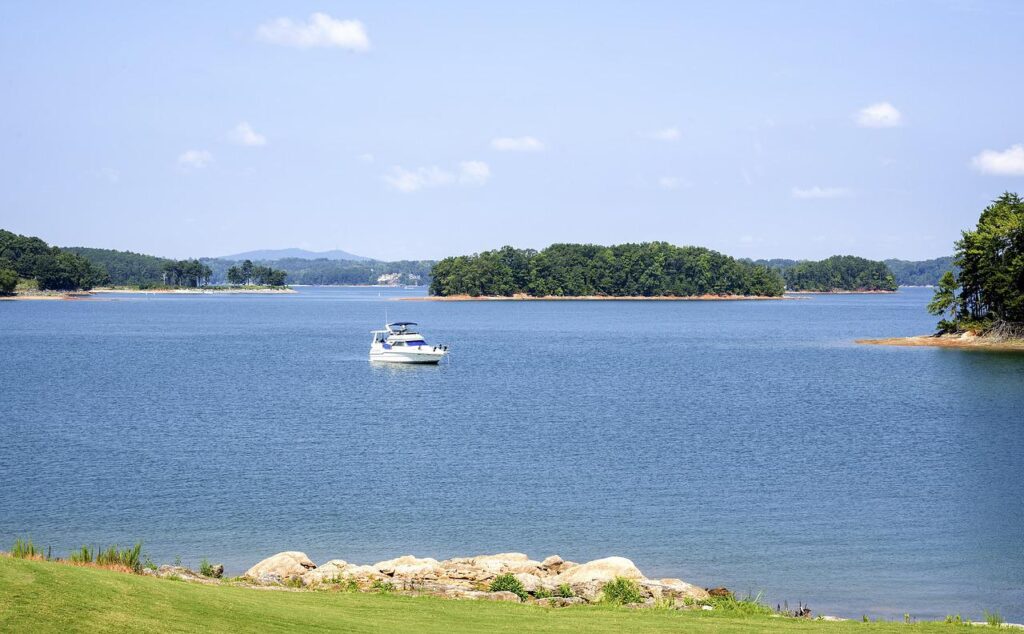
If the yard has a unique positive feature, such as a lakefront view, be sure to create a plan that complements it. If the unique feature is something negative, such as an ugly eyesore, plan a privacy hedge or some sort of structure to visually block it.
Also, consider the best ways to accentuate (or minimize) the characteristics of the house. A good front yard landscape design should draw the viewer in and make the home seem inviting. For example, rounded shrubs can be used to soften hard architectural angles.
Consider Hardscapes
Hardscapes are essential in front yard landscape design. These include pathways, driveways, porches, retaining walls, and patios.
There has to be an obvious way for people to enter the house from the street. Otherwise, people will end up tromping all over the lawn.
Pro tip: is there already a trail that people gravitate toward when crossing the yard? Don’t fight it, place the pathway there for a seamless transition.
Plan for Plants
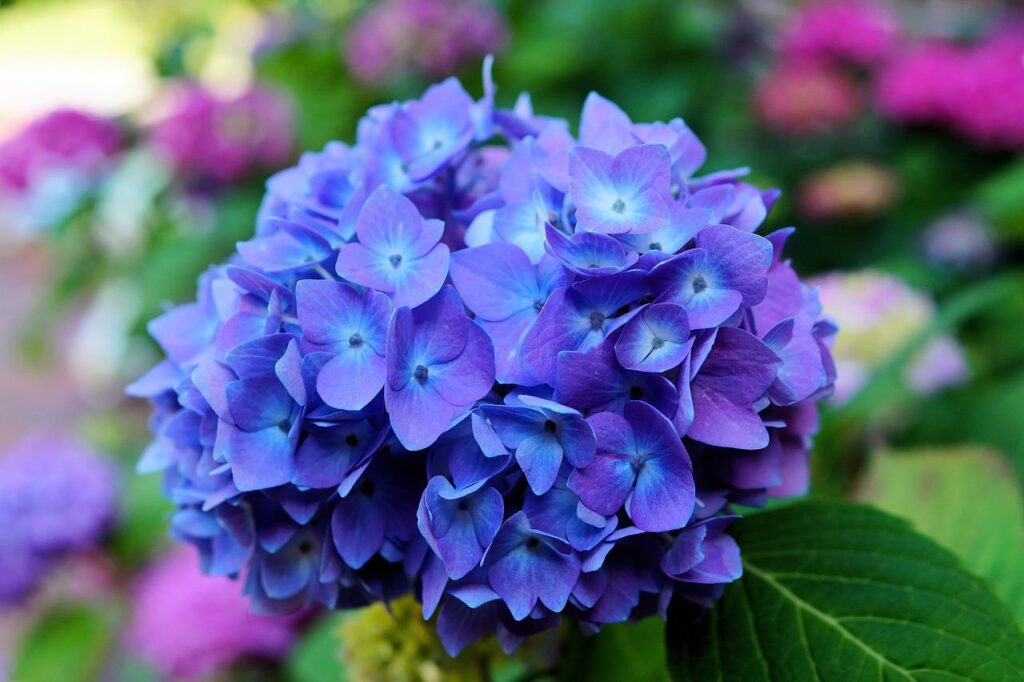
With the non-living elements out of the way, it’s time to get to the fun part. Which plants will be used in the design? Need help choosing? Check out some tips for choosing plants here.
There are various ways that homeowners can approach this step of the planning process. Perhaps the best method is to position the larger plants first. It’s easier to fill in with flowers around trees and large shrubs than the reverse.
However, is there a particular blooming shrub or type of flower that should be a focal point in the design? Take that into consideration when choosing the placement of the large plants.
Think About Edging
Homeowners that want a polished, ready-to-be-featured-in-a-magazine look, need to pay attention to the edging.
Curbing and edging are small details that transform the appearance of a landscape. They tie the yard together and give the space a professional look that would be impossible otherwise.
To get the correct look, it’s crucial to choose the right material. Here are some tips for choosing curbing and edging materials.
Finishing Touches
Everything has come together so well! At this point, all that is left are a few finishing touches to make the design sing. Here are a few ideas to do this.
Add the same mulch to various flower beds to tie the landscape together. Place a couple of colorful container plants on the porch or flank the door with regal arborvitae. Choose outdoor furniture that fits with the home’s and landscape’s style. Some folks even add an arbor to decorate and define the front walk.
Ready to Tackle Your Yard?
Don’t hesitate to contact our landscaping services experts here at Atlanta Turf & Tree. Founded in 2007 and specializing in the greater Atlanta area, we know a thing or two about landscaping in Georgia. We can help you with all of your landscaping and lawn care needs.
